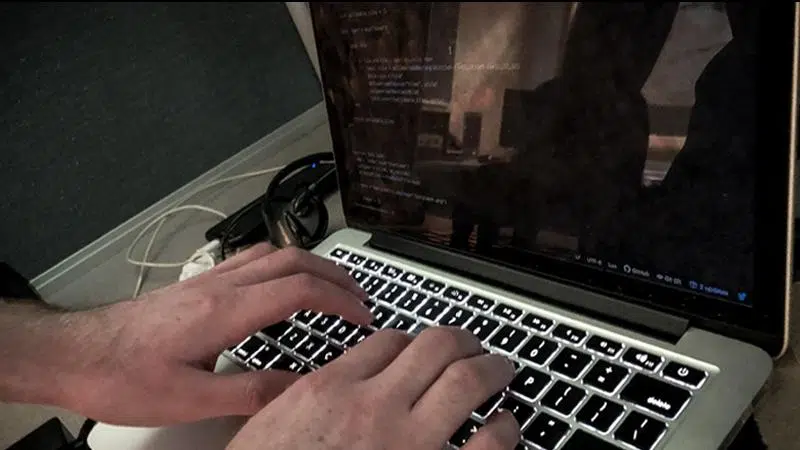
Education key to prevent city from falling victim to fraud
You can have all the security measures in place but it only takes one person to click on a bad link to put an entire organization at risk.
Those comments are from the City of North Battleford’s IT coordinator Daniel Aucamp in the wake of the City of Saskatoon falling victim to a $1 million spear-phishing attack.
On Thursday, Saskatoon’s city manager said a fraudster electronically impersonated the chief financial officer of a construction company that has a contract with the city. The culprit asked for a change in banking information for the next contract payment and the city complied.
Once the city realized what happened, the internal auditor, Saskatoon Police and other authorities, including banks, were notified.


